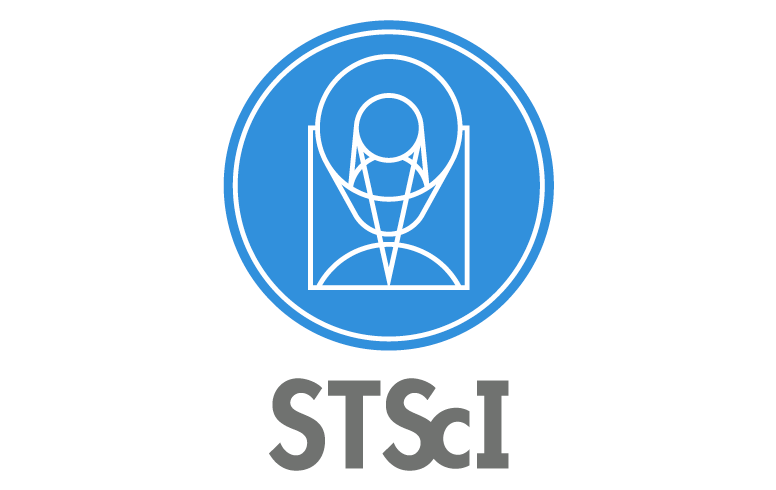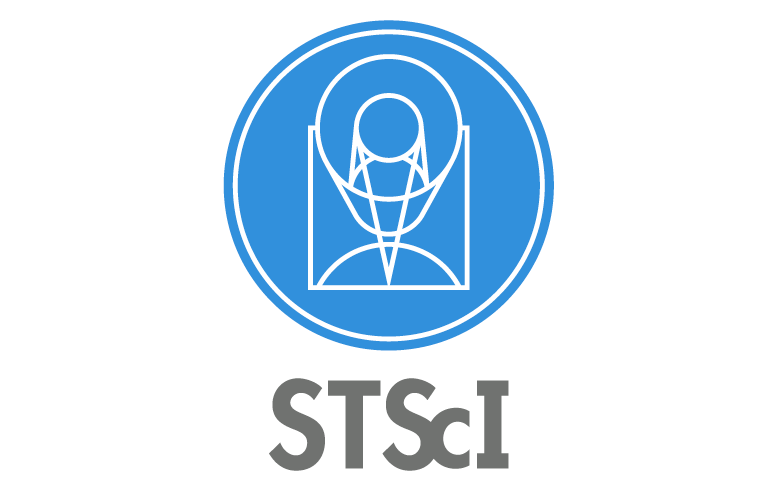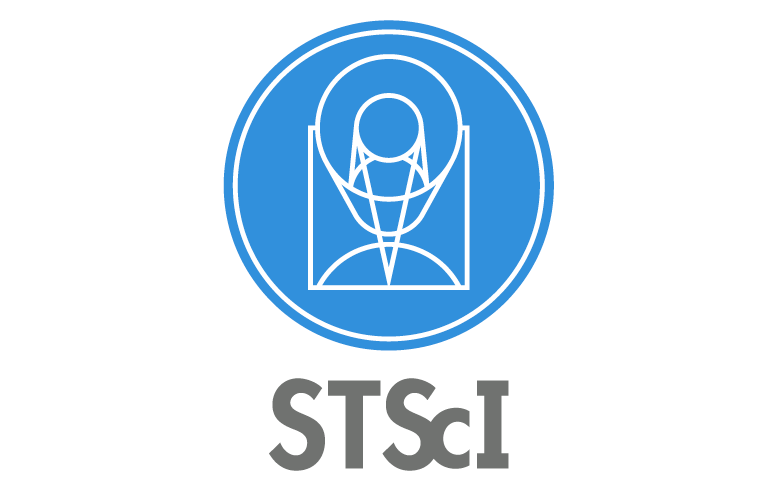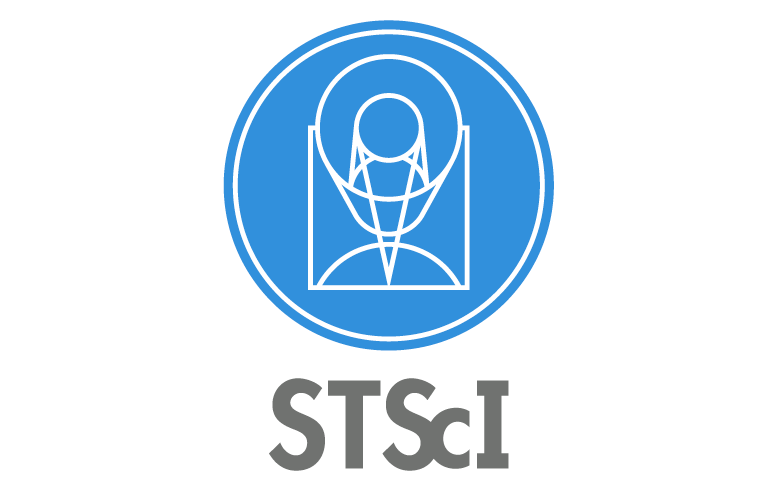
Over the past two decades, there has been an increasing awareness within the geological, microbiological, and oceanographic communities of the potentially vast microbial biosphere that is harbored beneath the surface of the Earth. With this awareness has come a mounting effort to study this potential biome — to better quantify biomass abundance, activity, and biogeochemical consequences of this activity. In the Earth system, the largest deep subsurface biome is also the least accessible — the deep igneous ocean subsurface biosphere. This subcrustal biosphere also has greatest potential for influencing global scale biogeochemical processes ?the carbon and energy cycles for example, and other elemental cycles.
This talk will focus on recent studies designed to elucidate this subcrustal biosphere, and illustrate techniques and novel technologies employed to address them. Integrative approaches using molecular biological, in-situ experimental, mineralogical, and geochemical techniques will be illustrated.
 Contemporary Water and Habitability of Mars
Contemporary Water and Habitability of Mars Astrobiology and the Antropocene Epoch
Astrobiology and the Antropocene Epoch Planets, Life, and the Universe Lecture Series (2009 - Present)
Planets, Life, and the Universe Lecture Series (2009 - Present) Blood Falls: Portal Into an Antarctic Subglacial Microbial World
Blood Falls: Portal Into an Antarctic Subglacial Microbial World